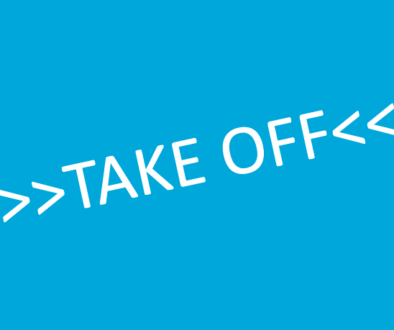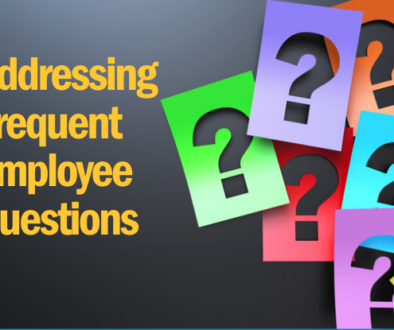Streamlining documentation for Success
Your company might not be growing as it should because you’re slowing things down. You may be the bottleneck because it’s taking too much time to train your employees in their roles. It’s crucial to recognize that maintaining up-to-date documentation isn’t just a good practice; it’s a pivotal element in successful project management, effective knowledge sharing, and guaranteeing the accuracy of your information.
Outdated documentation can introduce misunderstandings, errors, and inefficiencies into your processes. To avoid this and regain control over your company’s growth, consider implementing the following strategies to keep your documentation current:
1. Set a Regular Schedule:
Block out dedicated time in your calendar for documentation updates. The frequency of these updates can vary depending on the nature of your documentation and the pace of change within your organization. Daily, weekly, or monthly reviews can help ensure your documents remain current.
2. Version Control:
Utilize version control systems to track changes and updates to your documentation. Version control provides a clear history of alterations, making it easier to identify when changes were made and who made them. It also allows you to revert to previous versions if needed.
3. Collaboration Tools:
Collaborative platforms, such as Google Docs, Confluence, or Microsoft SharePoint, facilitate real-time updates and concurrent reviews by multiple team members. These tools enhance collaboration and streamline the process of keeping documentation current.
4. Training and Onboarding:
Training new team members on the importance of documentation and the process for updating it is crucial. By incorporating documentation into your onboarding process, you ensure that all team members understand their role in keeping documents up to date from day one.
5. Use Alerts and Notifications:
Many documentation platforms allow you to set up alerts and notifications. These reminders help ensure that documentation isn’t neglected and that updates occur within the desired timeframe.
6. Assign Ownership:
Assigning responsibility for specific sections or entire documents to individuals or teams is an effective way to ensure accountability for keeping documentation current. When someone is accountable, they are more likely to take their role seriously.
7. Document Templates:
Create standardized templates for different types of documentation. These templates not only promote consistency but also simplify the process of updating documents since the format and structure are already established.
8. Automate When Possible:
Automation can be a game-changer for documentation. Explore tools that can generate documentation automatically from code comments or other structured data sources. Automation reduces the manual effort required to update documentation.
Remember that documentation should evolve alongside your projects and processes. It’s a dynamic resource, not a static one. By implementing these strategies, you can make the process of keeping your documentation up to date more efficient and, in turn, ensure the continued relevance and utility of your documentation.





 We use cookies on our website to give you the most relevant experience by remembering your preferences and repeat visits. By clicking “Accept”, you consent to the use of ALL the cookies. However you may visit Cookie Settings to provide a controlled consent.
We use cookies on our website to give you the most relevant experience by remembering your preferences and repeat visits. By clicking “Accept”, you consent to the use of ALL the cookies. However you may visit Cookie Settings to provide a controlled consent.